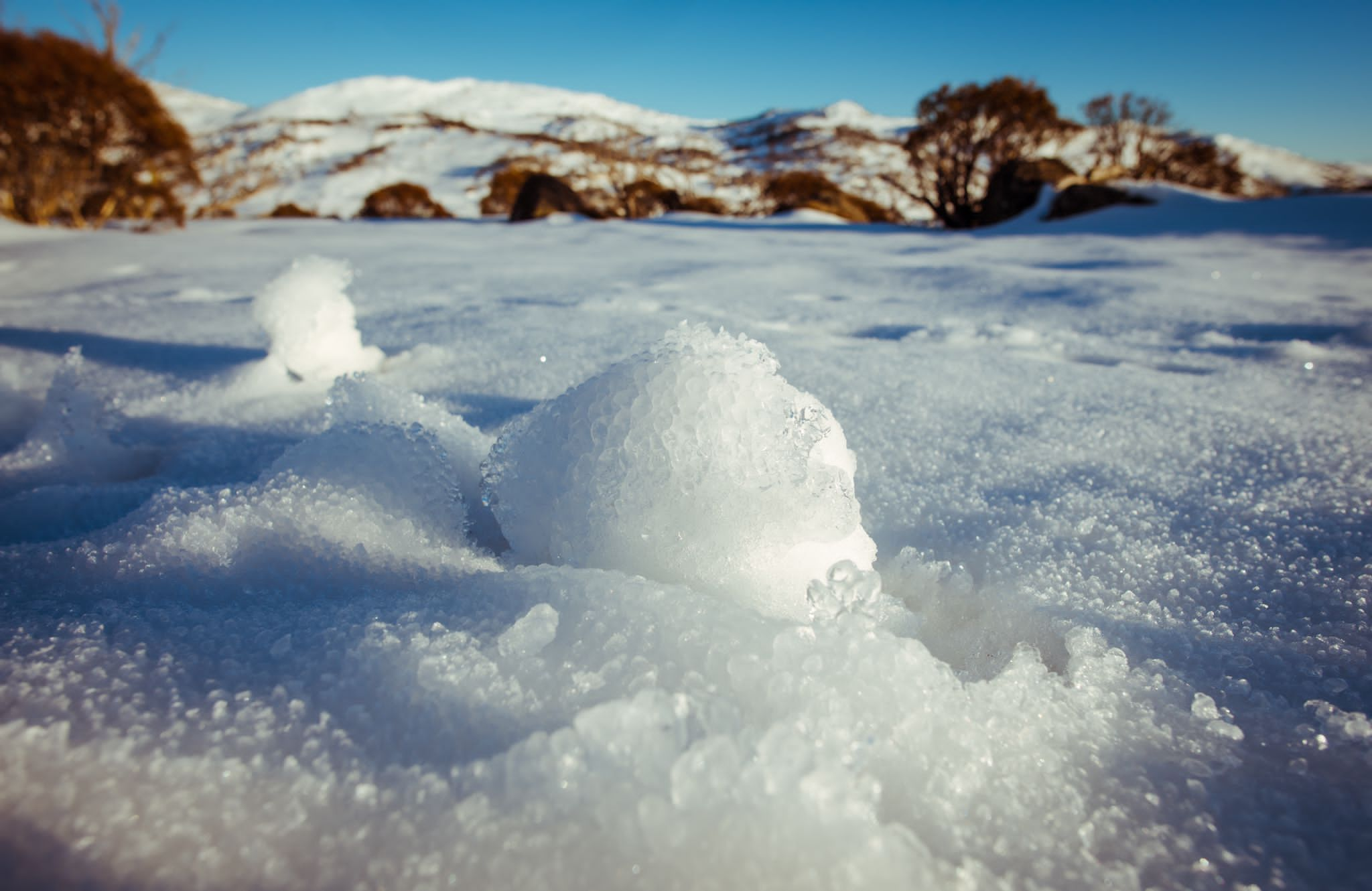Find Out Why Snow In Australia is a Must-See for Travelers
Discover the Fascinating Effects of Snow in Australia on Regional Communities
Despite its online reputation for sun-soaked landscapes, Australia likewise boasts regions buried by snow-- a phenomenon that profoundly affects the country's unique ecological communities. The protecting homes of snowflakes protect vegetation and fauna in the middle of the chilliest winters months, while the melting snow nurtures rivers and marine life. However, the genuine marvel lies in just how these wintry problems form the country's biodiversity and nutrient cycles. As we unravel this intricate connection, we locate ourselves stepping on untouched premises in Australia's high country.
The Unforeseen Areas of Snowfall in Australia
The high country areas of New South Wales, Victoria, and Tasmania are especially recognized for their winter season snow. The Snowy Mountains in NSW, for instance, receive abundant seasonal snow, offering a raw comparison to the country's typical hot, dry climate. The existence of snow in these regions considerably affects regional communities, consequently influencing the country's one-of-a-kind biodiversity.

Exactly How Snow Impacts Australia's Special Vegetation
These plants have actually evolved to endure in extreme conditions, with snow offering as a safety blanket from rough winds and freezing temperatures. The snow likewise contributes to the dampness material of the dirt, providing needed hydration for plant life throughout the completely dry summertime months. In significance, the snow affects the timing of blooming and seed dispersal, the growth rates, and the survival of many plant species, showcasing the complex interplay in between climate and vegetation in Australia.
The Adjustments of Australian Animal to Snowfall
Just as Australia's flora has adjusted to the wintery problems, the local animals as well, show amazing adjustments to the snowfall. Species like the Mountain Pygmy-possum, the only Australian marsupial recognized to hibernate, have actually developed strategies to survive in snowy environments. It utilizes the snow as insulation, hibernating in rock holes below the snow to stay warm. The Snow Skink, a species of reptile, transforms its colour to white throughout winter season, giving camouflage versus predators. Birds such as the Snowy Hills' Crimson Rosella likewise readjust their diet plans to consume offered food sources during cooler periods. Therefore, despite the harsh problems, Australian animals shows a durable and flexible nature, ensuring their survival in their website regions experiencing snowfall.
The Role of Snow fit Local Communities
In shaping the neighborhood ecosystems, the function of snow in Australia is both profound and multilayered. Snow gives a crucial water source, feeding rivers and storage tanks as it thaws, thus supporting a range of water life types. The visibility of snow forms the greenery patterns, animal actions, and general sustainability of Australia's unique ecosystems.

The Future of Snowfall in Australia: Predictions and Ramifications

Given the essential duty snow plays in shaping regional ecosystems, the future of snowfall in Australia is drawing boosting interest from scientists and conservationists. Present climate designs anticipate a substantial reduction in snowfall because of international warming, with possibly profound effects on neighborhood environments. Less snow might cause lowered water availability in towering areas, adversely impacting wildlife environments and plant life. Additionally, it might modify the timing of seasonal modifications, interfering with the life process of lots of indigenous species. The tourist market, greatly dependent on the winter season snow season, may additionally encounter significant obstacles. Comprehending these forecasts and their ramifications is vital to develop effective preservation strategies, making sure the conservation of Australia's unique biodiversity and the sustainability of its economy.
Conclusion
The function of snow from this source in Australia's ecological communities is critical yet usually neglected. It acts as a protector, a nurturer, and a shaper of varied alpine varieties, adding to the richness of Australia's high country. As weather patterns remain to shift, understanding the effects and potential improvements of these snow-influenced ecological communities is important. Thus, the snow in Australia is extra than an all-natural spectacle; it's a crucial gamer in the nation's ecological story.
In spite of its reputation for sun-soaked landscapes, Australia also flaunts regions buried by snow-- a sensation that exceptionally influences the country's unique ecosystems. It makes use of the snow as insulation, hibernating in Recommended Reading rock crevices below the snow to remain cozy - Does It Snow In Australia.In shaping the local ecological communities, the role of snow in Australia is both extensive and multilayered. The existence of snow forms the plant life patterns, animal habits, and overall sustainability of Australia's unique ecosystems
Provided the crucial duty snow plays in forming regional ecological communities, the future of snowfall in Australia is drawing increasing interest from ecologists and researchers.